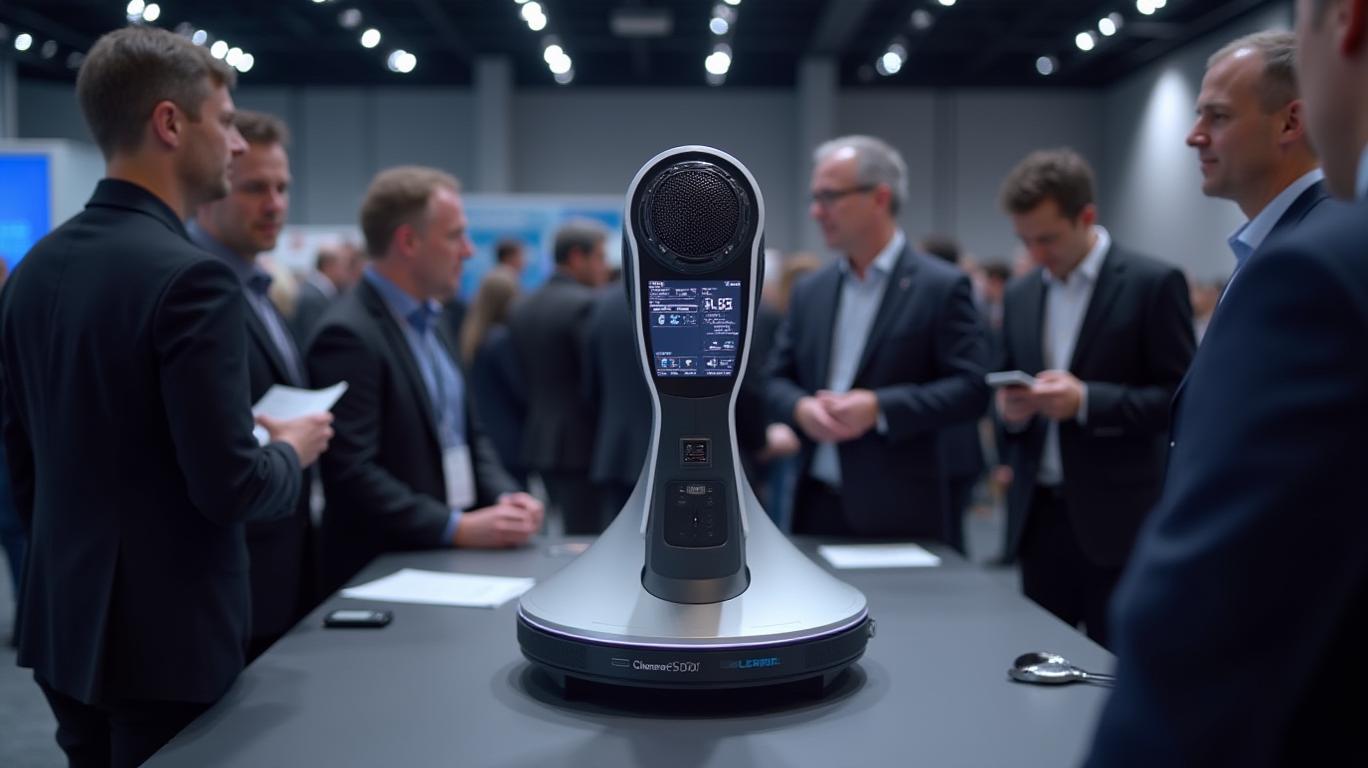Clear Secure's Clouded Future: Why Spruce Point's Bearish Call May Be Right
Clear Secure, Inc. (NYSE: YOU), the airport security tech firm behind the CLEAR membership program, finds itself in the crosshairs of short-seller Spruce Point Capital Management. In a scathing report titled “What Are YOU Hiding?”, the firm outlines a litany of operational, financial, and competitive risks that could send shares tumbling 30%–50%. The analysis paints a picture of a company overvalued and outmaneuvered by shifting market dynamics and regulatory pressures. Here’s why investors should take note.
Ask Aime: "Could Clear's stock dive 30%-50% over short-seller report?"

Declining Demand and Stagnant Growth
Spruce Point’s report begins with a stark assessment of Clear Secure’s core business: its membership growth is stalling, and its value proposition is eroding. The firm notes that Clear’s membership growth relies heavily on domestic travel demand, but its operational model faces inherent bottlenecks. As membership numbers rise, fixed airport lane capacity creates congestion, diminishing the service’s appeal.
Ask Aime: What's behind Clear Secure's stock plunge?
Key metrics underscore the problem:
- Net new memberships have slowed sharply, with clear secure discontinuing retention rate disclosures after its Customer Lifetime Value to Customer Acquisition Cost (CLTV:CAC) ratio collapsed from 22x in 2022 to 10x in 2024.
- 64% of new members come from airport foot traffic, making the company vulnerable to macroeconomic pressures like recession fears or reduced airline capacity. Major partners like Delta and United have scaled back promotional support, with discounts dropping to just 5% from 40% and United ending free memberships for its top-tier travelers.
Financial Accounting Concerns
The report also raises red flags about Clear’s financial transparency. Spruce Point alleges that reported metrics like active member counts may be inflated due to extended grace periods (now 51 days, up from 45 in 2024). Meanwhile, the company’s 85.8% gross margin—a figure rivaling tech giants—is misleading. When accounting for labor costs (e.g., brand ambassadors) and transaction fees, Spruce Point calculates the true gross margin at 61.5%, a 24.3% understatement.
Revenue recognition practices further cloud the picture. Changes to policies, including no longer deducting estimated credit card dispute losses, may artificially inflate revenue. Even the company’s free cash flow is under scrutiny: after adjusting for distributions to non-controlling interests and tax liabilities, Spruce Point estimates free cash flow to public shareholders is $60 million lower than reported.
Governance and Leadership Red Flags
Internal governance issues add to the uncertainty. Clear Secure has funneled $44 million more to related parties (via Tax Receivable Agreements) than it has invested in R&D, capital expenditures, or acquisitions over three years. The CEO is the only remaining executive from the 2021 IPO, and key departures—including the CFO in March 2025—signal instability.
Ask Aime: What's next for Clear Secure's stock after the Spruce Point report?
Insiders have also ramped up stock sales via 10b5-1 plans, including by former executives. As Spruce Point notes, such activity often reflects insider confidence in a downward stock trajectory.
Technological and Competitive Threats
Perhaps the most existential threat comes from the Transportation Security Administration’s (TSA) Touchless ID program, which directly competes with Clear’s core service. The TSA’s initiative integrates with baggage check-in and targets its 40 million PreCheck/Global Entry members, offering a simpler alternative. Key airline partners like Delta, United, and American Airlines are now backing this program, abandoning their Clear partnerships.
Technologically, the TSA’s rollout of CAT-2 facial recognition systems (contracted to IDEMIA for $128 million) threatens to make Clear’s EnVe Pod redundant. IDEMIA’s eGate solutions, already deployed abroad, could bypass Clear’s infrastructure entirely. Meanwhile, Clear has cut R&D spending for the first time in 2024 and reduced its tech team by 20%, raising doubts about its ability to innovate.
Valuation: A Disconnect from Reality?
Spruce Point concludes that Clear’s valuation is irrational. Despite its labor-intensive model (median employee wage: $37,293 vs. $138,673 for tech peers), the stock trades at a premium. Using conservative multiples—1.5x–2.5x sales or 3.0x–4.0x gross profit—the firm estimates a 30%–50% downside. Longer-term risks include TSA’s push for self-sufficiency and the potential obsolescence of Clear’s technology.
Conclusion: A Risky Proposition
Spruce Point’s bearish thesis is compelling. Clear Secure’s reliance on an outdated labor model, declining growth metrics, and existential threats from TSA-backed competitors create a perfect storm. With airline partners defecting, R&D investment drying up, and governance concerns mounting, the company’s ability to sustain its valuation—or even its relevance—seems increasingly in doubt.
The data is clear: CLTV:CAC ratios halved, deferred revenue falling behind recognized amounts, and $196.8 million in TRA liabilities all point to a stock overvalued by 30%–50%. For investors, the risks outweigh the rewards—unless Clear can pivot to innovation and transparency in a market where it’s already playing catch-up.
As the TSA’s Touchless ID program expands and Clear’s tech team shrinks, the path to recovery looks steep. Until Clear addresses these headwinds, Spruce Point’s “sell” call remains well-supported—and investors would be wise to heed the warning.



_e45148e31749146201654.jpeg)






